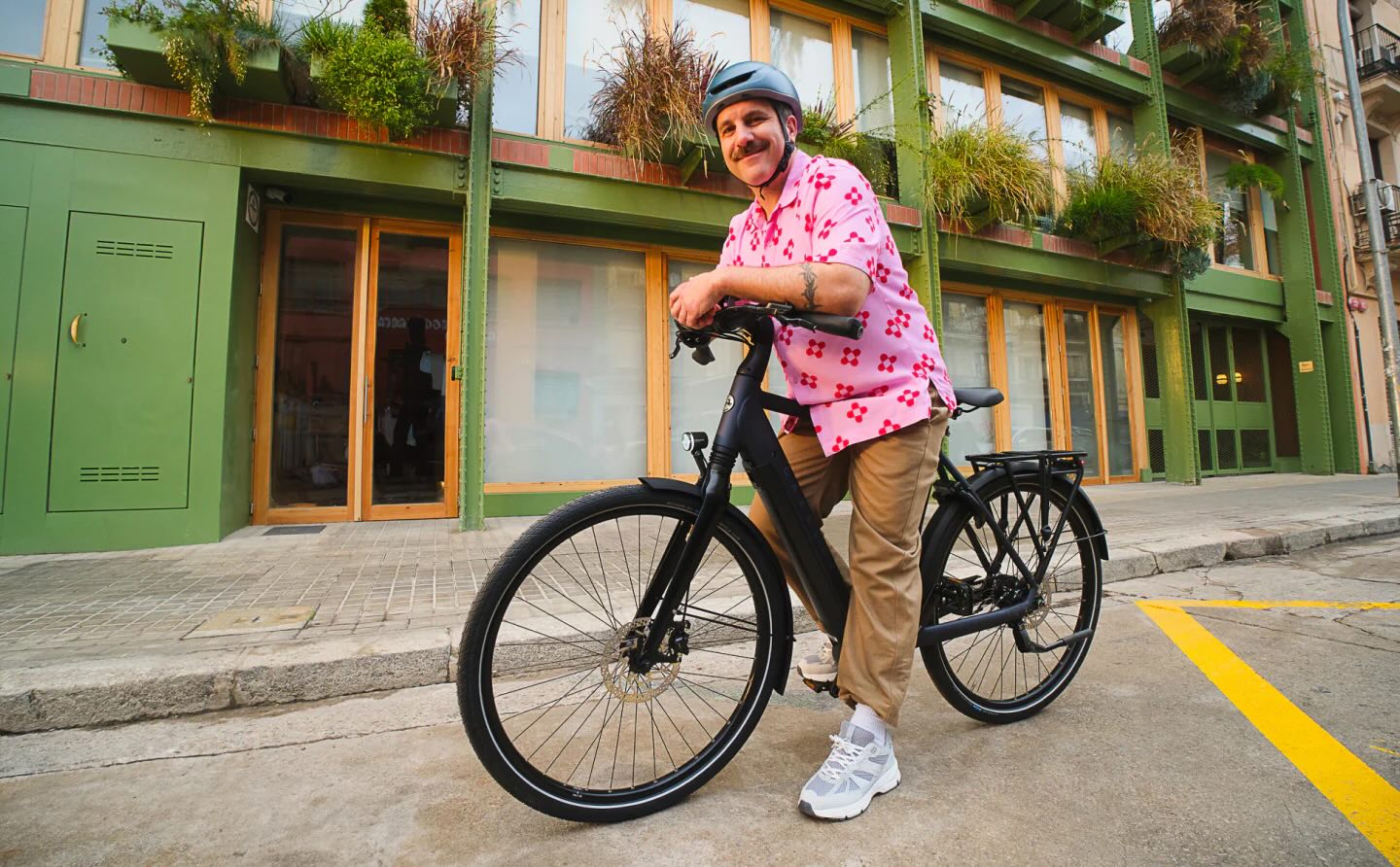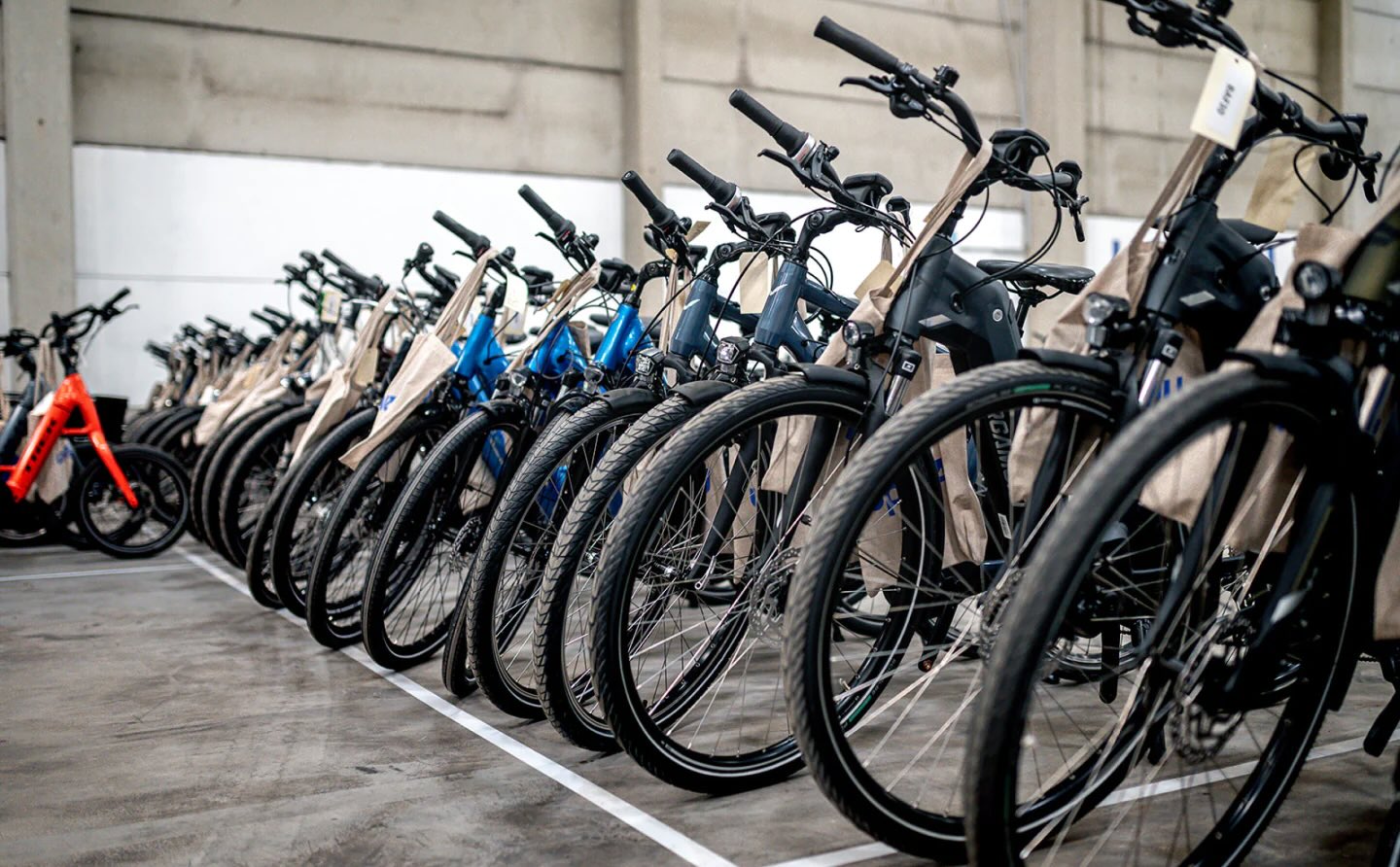A floating nuclear power plant in Arctic Russia just produced its first billion kilowatt-hours of electricity and was refueled for continued clean energy production.
The Akademik Lomonosov debuted commercially five years ago, Interesting Engineering and other sites reported. Over that time, it has increased its supply from 20% to 60% of the demand of the remote Chukotka region.
Two onboard reactors generate 35 million watts of electricity to power the small town of Pevek, a mine, and an ore processing plant. They also help process up to 8.4 million cubic feet of water every day for desalination. The Akademik Lomonosov also repurposes up to 60 megawatts of waste heat, capturing it to warm the ship.
The plant is the only floating nuclear facility in the world, and it's also the northernmost generator of heat and electricity. The ship is 472 feet long and features a rotating crew. In 2023, a video was published showing the withdrawal of spent fuel from one of the reactors. The second was completed recently.
State nuclear energy corporation Rosatom said it is planning four other floating facilities with 100 megawatts of capacity. It hopes to export the energy for 60 years.
Nuclear energy does not produce pollution like dirty fuel-based power, but it does generate radioactive waste. In this case, the waste, from used low-enriched uranium, was stored onboard. It may be years before it is transferred to Murmansk and then a processing facility in Chelyabinsk.
Watch now: How bad is a gas stove for your home's indoor air quality?
Nuclear waste is commonly deemed the biggest obstacle to the proliferation of nuclear energy. But it can be safely disposed of, especially with the help of developments in the industry, such as bacteria that eat it. Washington State University researchers have also uncovered a way to reduce contamination risks.
Nuclear fuel can be reused, too. In fact, one new facility is being designed with the intent that it will run on recovered waste from a plant that was decommissioned 30 years ago. And while many people and governments are wary of the technology and what it entails, all the nuclear waste ever produced in the United States would cover an area smaller than a football field.
France supplies 80% of its electricity needs via nuclear energy, but the world is a long way from embracing it as a cornerstone in the clean energy transition.
Solar and other renewable power is more easily accessible, cheaper, and less daunting. Especially for homeowners and renters, panels and community programs offer the clearest path to lower bills and less pollution in the warming climate.
TCD Picks » Upway Spotlight

|
Which of these factors would most effectively convince you to support nuclear energy projects in your area? Click your choice to see results and speak your mind. |
Join our free newsletter for weekly updates on the latest innovations improving our lives and shaping our future, and don't miss this cool list of easy ways to help yourself while helping the planet.


















